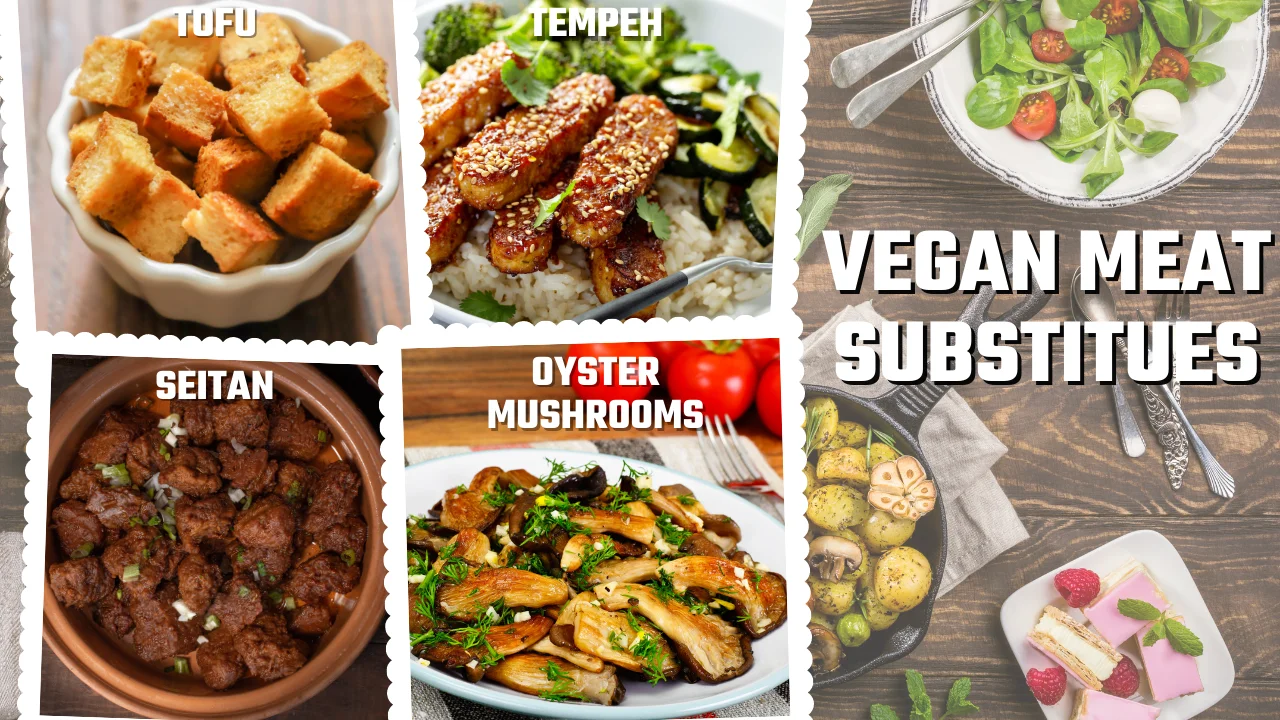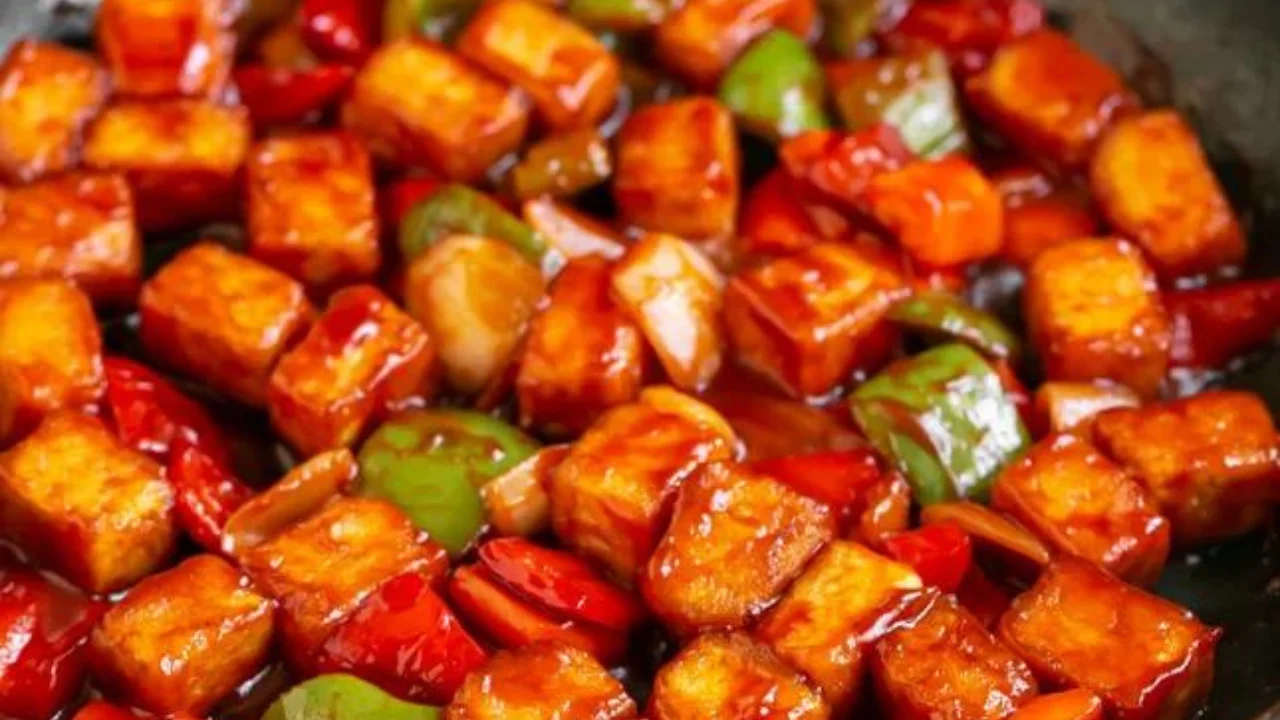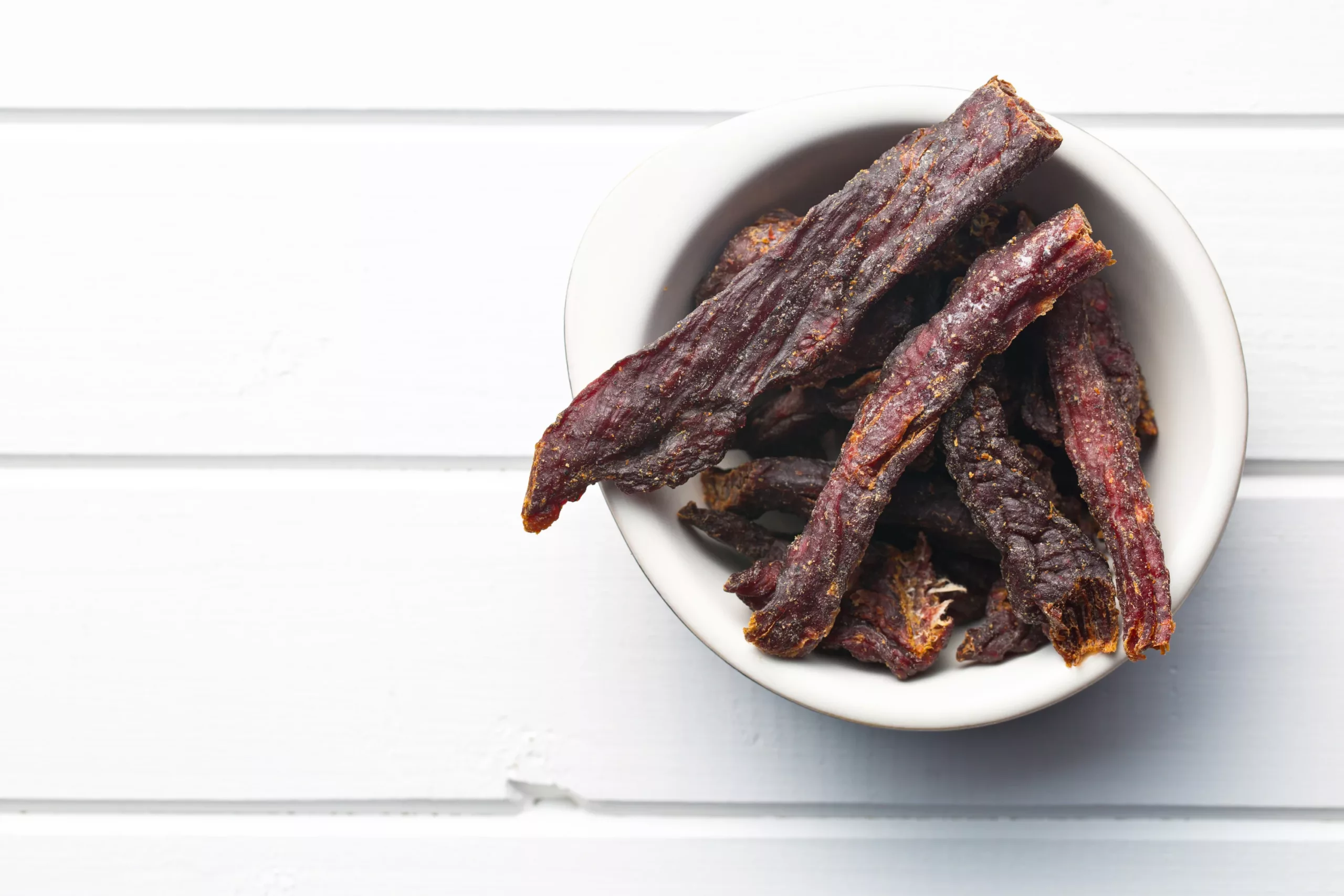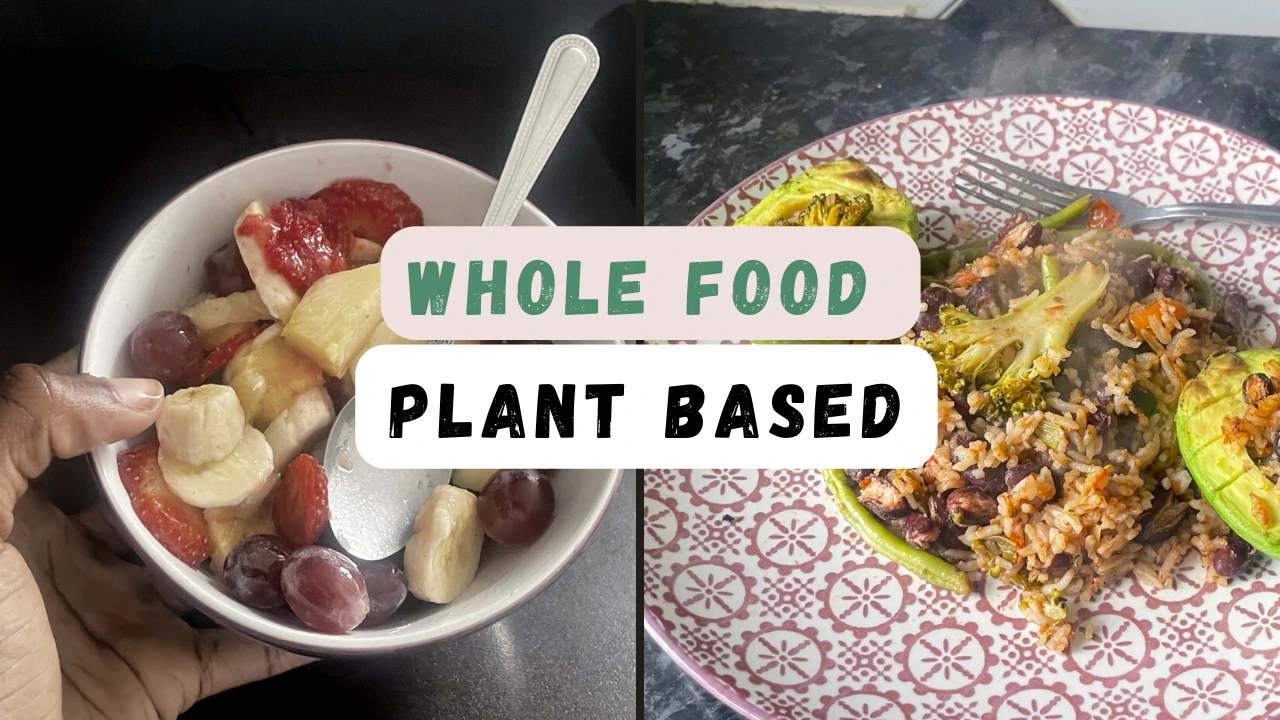Intro
Vegans of today have more options when it comes to meat alternatives than ever before! interestingly, some of the more common meat replacements like tofu and tempeh have been around for more than 1 thoudand years!. In todays article I’m excited to dive into the wonderful world of vegan meat substitutes. Lets goo!
What do vegans eat instead of meat?
Vegans have a wide range of options when it comes to meat substitutes, some of which include classic legumes like beans, lentils, and peas. Soybean substitutes like Tofu and tempeh. wheat gluten or seitan is also a popular choice due to it’s meat like texture. And lastly, Vegetables like mushrooms (i.e oyster mushrooms & shiitake mushrooms), eggplant, and cauliflower can be used as meat substitutes in dishes like vegan “steak” or meatless “chicken” nuggets.
Now you have a general understanding of what vegans consume instead of meat, let’s dive into this a bit further by breaking down these options one by one and including some other vegan meat substitutes I didn’t mention above.

1. Legumes
Legumes include the wide family of beans and peas, namely:
- Chickpeas
- Lentils
- kidney beans
- Black beans
- butter beans
- white beans
- green peas
- soybeans
And the list goes on. These bad boys are often selected as candidates for meat substitutes because of their high protein contain (that of which rivals some meats) and because of their relative inexpensiveness. Moreover they can be cooked and manipulated in ways that make them even more meaty, for example soybeans can be compressed and turned into tofu (which we’ll discuss in more depth further down.)
- Another example are lentils which when squished together can form a patty. This can then be used to create meat balls like so:
- And black beans are similar, when manipulated in certain ways you can end up with a glorious meaty burger like this one:
2. Tofu
Tofu is a staple ingredient in my home and is my go to meat substitute. It can be a bit of a hassle to prepare since it lacks flavour and needs to be infused with seasonings and salt, however once you’ve got that cleared it is so tasty! The texture is delicious and can be manipulated in a variety of ways to produce different meat-like qualities.
You can use it to mimic many different styles of meat for example fried chicken:
Sweet and sour chicken:
chicken tikka masala style tofu:
Tofu is often selected due because of its ability to soak up flavour and its juicy meat like texture, which can easily be manipulated to create new styles of tofu. However one downside to tofu is it’s price, over here in the UK it costs me about £2.60 per 400g which really adds up over time.
Tofu often comes in 3 different varieties:
- Silken (very soft)
- firm
- extra firm
And each variation serves a different purpose in the kitchen which creates even more ways you can prepare tofu. (Now you’re starting to see why tofu is a popular meat sub!)
3. Tempeh
Next up is Tofu’s twin brother Tempeh. Now tempeh differs slightly from tofu in that it is inherently more flavourful, however I find it to be harder to cook. Before I unravel why tempeh is a great meat substitute let me enlighten you on what Tempeh actually is and how it’s made.
Tempeh is a fermented soybean product, imparting a nutty taste and a firm texture. Due to its inherent flavor, tempeh requires less seasoning, making it a convenient choice for those seeking a more straightforward meat alternative. It can be sliced, marinated, and cooked to perfection, offering a savory and hearty addition to various dishes.

Here’s some awesome recipes to get you started!
Sliced and Pan-Fried:
- One of the simplest and most delightful ways to enjoy tempeh is by slicing it into thin pieces and pan-frying until golden brown. This method enhances its natural nuttiness and creates a crispy exterior, perfect for salads, sandwiches, or a standalone snack.
Marinated Marvel:
- Tempeh’s firm texture allows it to absorb marinades exceptionally well. Marinating tempeh in a flavorful mixture of soy sauce, garlic, ginger, and your favorite spices can elevate its taste. This marinated tempeh can then be grilled, baked, or sautéed for a burst of flavors.
Grilled Tempeh Skewers:
- Thread tempeh cubes onto skewers, alternating with colorful veggies, and grill to perfection. The result is a delightful combination of smoky tempeh and the charred goodness of vegetables, making it a star at barbecues or summer gatherings.
Tempeh Stir-Fry:
- Tempeh’s ability to hold its shape makes it an ideal candidate for stir-fries. Toss cubed tempeh into a wok with an array of fresh vegetables, soy sauce, and your favorite stir-fry sauce for a quick and wholesome meal.
A deeper dive into how to make marinated tempeh
Recipe: Tempeh Stir-Fry with Ginger-Soy Glaze (Serves 2)
Ingredients:
- 1 block of tempeh (about 8 oz), cubed
- 2 cups mixed vegetables (broccoli florets, bell peppers, snap peas, carrots, etc.), chopped
- 2 tablespoons soy sauce
- 1 tablespoon maple syrup or agave nectar
- 1 tablespoon sesame oil
- 1 tablespoon rice vinegar
- 1 tablespoon fresh ginger, minced
- 2 cloves garlic, minced
- 2 tablespoons vegetable oil (for stir-frying)
- Sesame seeds and green onions for garnish (optional)
- Cooked rice or noodles for serving
Instructions:
- Prepare the Tempeh:
- Cut the tempeh into bite-sized cubes. Steam the tempeh for about 10 minutes to reduce bitterness and soften the texture. Pat dry with a paper towel.
- Make the Ginger-Soy Glaze:
- In a small bowl, whisk together soy sauce, maple syrup or agave nectar, sesame oil, rice vinegar, minced ginger, and minced garlic. Set aside.
- Stir-Fry the Vegetables:
- Heat 1 tablespoon of vegetable oil in a wok or large skillet over medium-high heat. Add the chopped mixed vegetables and stir-fry for 3-5 minutes or until they are crisp-tender. Remove the vegetables from the wok and set aside.
- Cook the Tempeh:
- In the same wok, add another tablespoon of vegetable oil. Add the tempeh cubes and cook until they are golden brown on all sides, about 5-7 minutes.
- Combine and Glaze:
- Once the tempeh is cooked, add the stir-fried vegetables back to the wok. Pour the ginger-soy glaze over the tempeh and vegetables. Toss everything together until well coated and heated through.
Serve:
Serve the tempeh stir-fry over cooked rice or noodles. Garnish with sesame seeds and chopped green onions if desired.
Enjoy:
Dive into a delicious and nutritious tempeh stir-fry bursting with flavors. Adjust the seasoning according to your taste preferences and add a dash of chili flakes for some heat if you like.
This quick and easy tempeh stir-fry is not only a delightful dish for two but also a perfect canvas for creativity. Feel free to customize the vegetables or add your favorite sauces to make it your own. Happy cooking!
Exploring Further Meat Alternatives:
Now that we’ve covered some of the primary vegan meat substitutes, let’s delve deeper into the vegan pantry to discover additional options and their unique qualities.
Seitan (Wheat Gluten):
Seitan, crafted from wheat gluten, emerges as a protein-packed option with a remarkably meaty texture. Its chewy consistency and ability to absorb flavors make it a popular choice for those craving a substantial meat substitute. Seitan can be sliced, grilled, or incorporated into stews, providing a satisfying and hearty experience.
Mushrooms:
Embracing the umami-rich world of mushrooms opens up new avenues for vegan meat substitutes. Oyster mushrooms and shiitake mushrooms, with their robust flavors and meaty textures, serve as excellent candidates for creating vegan “steak” or meatless “chicken” nuggets. The versatility of mushrooms allows them to absorb seasonings and take on various culinary roles.
Eggplant and Cauliflower:
Venturing into the realm of vegetables, eggplant and cauliflower step into the spotlight as versatile meat substitutes. When prepared thoughtfully, these vegetables can mimic the textures and flavors of meat, offering delightful options such as vegan “steak” or cauliflower “wings.” Their ability to absorb seasonings makes them valuable additions to the vegan kitchen.

Conclusion
In the world of veganism, the question of what to eat instead of meat becomes a delightful exploration of flavors, textures, and culinary creativity. From the protein-packed realm of legumes to the versatile wonders of tofu, tempeh, seitan, and the diverse possibilities found in mushrooms, eggplant, and cauliflower, vegans have crafted a vibrant and diverse menu of meat alternatives.











